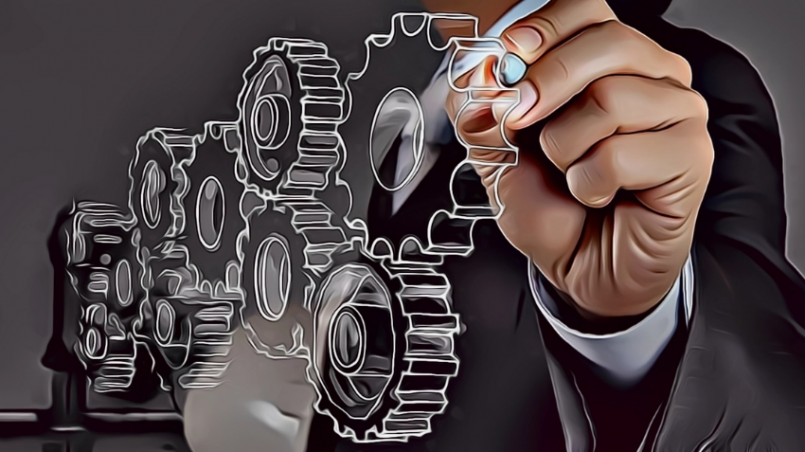In the realm of industrial maintenance, ensuring that machinery and equipment operate at peak performance is paramount. Among the various maintenance strategies, breakdown maintenance stands out as a crucial approach aimed at addressing failures as they occur. In this comprehensive guide, we’ll delve into the intricacies of breakdown maintenance, exploring its definition, benefits, implementation strategies, and best practices.
Understanding Breakdown Maintenance
Breakdown maintenance, also known as reactive maintenance or corrective maintenance, is a maintenance strategy where equipment is only serviced or repaired after it has broken down or failed. Unlike proactive maintenance approaches like preventive or predictive maintenance, which involve scheduled inspections and interventions, breakdown maintenance relies on addressing issues as they arise.
Benefits of Breakdown Maintenance:
While breakdown maintenance may seem counterintuitive compared to proactive strategies, it offers several advantages:
-
Cost-Efficiency: Since maintenance is only performed when necessary, breakdown maintenance can be cost-effective, especially for equipment with low failure rates.
-
Simplicity: Implementing breakdown maintenance requires minimal planning and resources compared to proactive strategies, making it suitable for certain types of equipment.
-
Resource Allocation: By focusing resources on addressing immediate issues, breakdown maintenance allows organizations to prioritize critical equipment and allocate resources accordingly.
Implementation Strategies:
While breakdown maintenance has its merits, effective implementation is essential to maximize its benefits and minimize downtime. Here are some key strategies to consider:
-
Monitoring Systems: Implement robust monitoring systems to detect failures and breakdowns promptly. This may include sensors, alarms, or software solutions that provide real-time data on equipment performance.
-
Response Planning: Develop clear protocols and procedures for responding to breakdowns swiftly. Assign responsibilities, establish communication channels, and ensure that necessary tools and spare parts are readily available.
-
Root Cause Analysis: Conduct thorough root cause analysis for each breakdown to identify underlying issues and prevent recurrence. This may involve examining maintenance records, analyzing failure patterns, and implementing corrective actions.
-
Continuous Improvement: Regularly review and refine breakdown maintenance processes based on performance data and feedback. Look for opportunities to streamline workflows, enhance reliability, and optimize resource utilization.
Best Practices:
To make the most of breakdown maintenance, consider the following best practices:
-
Prioritize Critical Equipment: Focus on maintaining critical equipment that has a significant impact on operations and productivity. Identify key assets and allocate resources accordingly to minimize downtime and disruptions.
-
Scheduled Inspections: While breakdown maintenance is reactive by nature, supplement it with periodic inspections and preventive measures where feasible. This can help identify potential issues before they escalate into major failures.
-
Invest in Training: Equip maintenance personnel with the necessary skills and knowledge to respond effectively to breakdowns. Provide training on equipment operation, troubleshooting techniques, and safety protocols to enhance competency and confidence.
-
Utilize Data Analytics: Leverage data analytics tools to analyze maintenance trends, predict failure patterns, and optimize maintenance schedules. By harnessing the power of data, organizations can make informed decisions and improve maintenance outcomes.
Conclusion
Breakdown maintenance and restoration maintenance plays a vital role in the realm of maintenance management, offering a pragmatic approach to addressing equipment failures and minimizing downtime. While it may not be suitable for all situations, when implemented effectively, breakdown maintenance can be a cost-efficient and practical solution for certain types of equipment and industries. By adopting proactive strategies, prioritizing critical assets, and continuously refining processes, organizations can harness the power of maintenance to enhance reliability, optimize resources, and drive operational excellence.
When executed with diligence and strategic planning, it can be a valuable tool in the maintenance toolkit, complementing proactive approaches and ensuring the smooth operation of industrial assets.





